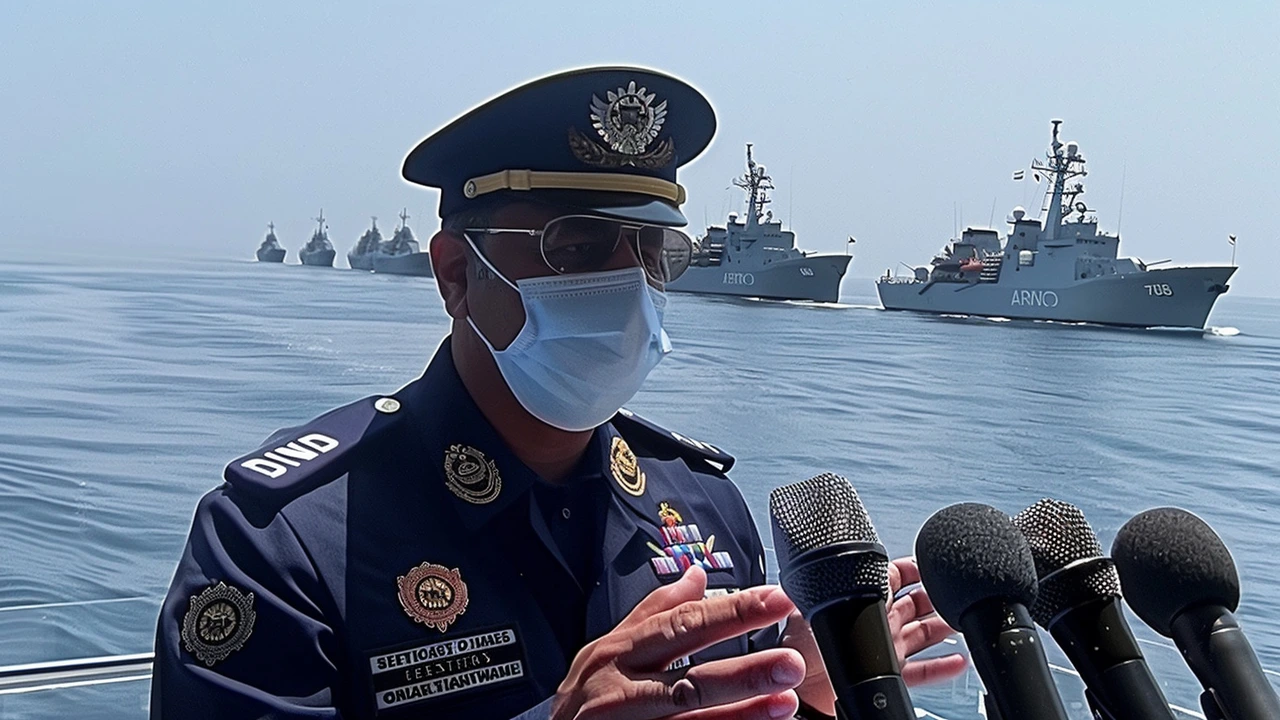Maritime security: what’s at stake and what you can do
Around 90% of global trade moves by sea, so when shipping lanes are unsafe everyone feels it — higher costs, delayed goods, and danger for crews. Maritime security covers piracy, smuggling, state disputes, illegal fishing and growing cyber risks. This guide gives clear, practical info you can use whether you work in shipping, run a port, or just follow African and global trade news.
Main threats and hotspots
Piracy is still a major worry. The Gulf of Guinea off West Africa has seen a big rise in armed boarding and kidnappings for ransom. Somalia’s piracy problem dropped after international patrols and convoys, but the risk never fully vanished. Then there’s organised smuggling and illegal fishing, which undermine coastal economies and fuel other crimes.
State-on-state tensions can spill into sea lanes — look at territorial disputes that affect navigation rights. And now cyberattacks target ships and ports: GPS spoofing, ransomware on vessel systems, and attacks on port logistics. Those hit operations fast and are often costly to fix.
How countries and industry respond
Navies, coast guards and international task forces play a big role. You’ve probably heard of Combined Task Force 151 and EUNAVFOR Operation Atalanta — they protect convoys and deter piracy. Regional centres and reporting points like UKMTO help merchant ships share threat info in real time. Legal frameworks such as UNCLOS and the ISPS Code set rules for rights and port security standards.
Shipping companies follow Best Management Practices (BMP) — simple, proven steps: route planning to avoid hotspots, maintaining speed through risky areas, hardening the vessel (fences, razor wire), establishing a safe room or citadel, and using licensed security teams where laws allow. Insurance and convex clauses also shape choices: higher risk zones mean higher premiums and stricter measures.
Cybersecurity needs equal attention. Treat ship systems like a small office network: separate navigation systems from crew Wi‑Fi, enforce strong passwords, keep software patched, and run regular drills so crews know how to respond. Cross-check GPS with alternative navigation tools and watch for unusual behavior in onboard systems.
For coastal states and ports, investing in coastal radars, shared maritime domain awareness systems, fast-response units, and training for port staff cuts risk. Information sharing between countries and private operators reduces response times and helps catch criminals before they strike.
Quick checklist you can act on today: report suspicious activity to regional reporting centres, update your BMP, segment vessel networks, run crew safety drills, keep documentation and emergency contacts handy, and review insurance cover for high-risk areas. Small steps make a big difference.
If you follow maritime news, watch the Gulf of Guinea and cyber trends closely — those two shape trade security across Africa and beyond. Want more specific guidance for a ship type or port? Tell me the details and I’ll give targeted steps you can use right away.
Admiral Dinesh K Tripathi Reinforces Commitment to Operational Excellence During Inaugural Visit to Western Naval Command
By Sfiso Masuku On 24 Jun, 2024 Comments (6)

Admiral Dinesh K Tripathi made his first visit to the Western Naval Command, interacting with the personnel and stressing the Navy's mission to protect maritime interests while highlighting the importance of personnel and initiatives to enhance their well-being and service conditions.
View More




